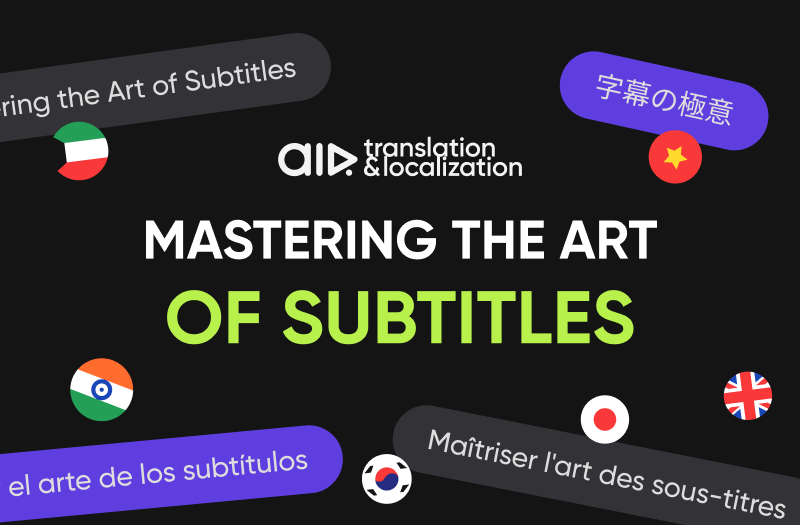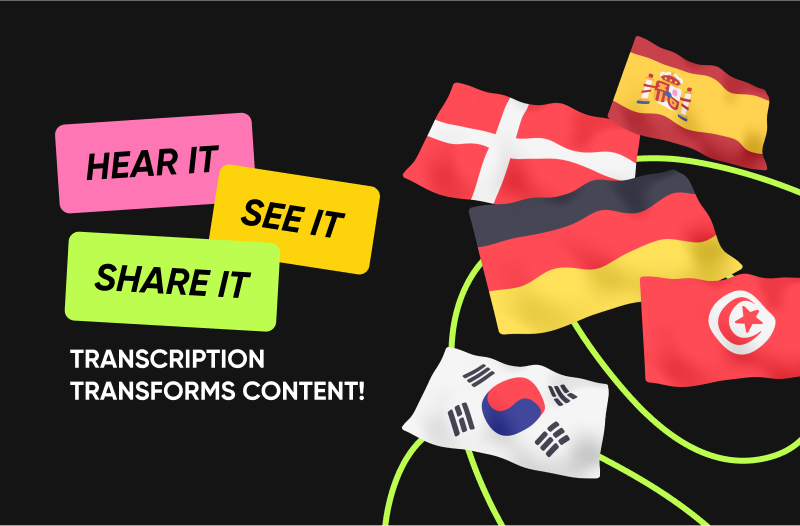
Not Sure Which Languages to Choose?
Many “translated” titles are dead on arrival. They read like someone whispered your video into Google Translate and hit upload. No sign a human has ever clicked on a video in that language, let alone written one. And they signal all the wrong things to YouTube’s systems.
But when done right, YouTube metadata localization becomes your wedge. A way into the feed that native creators have been owning uncontested for years.
Let’s break down the YouTube translation checklist that actually drives reach, revenue, and retention in international markets.
1. Titles: Translation Is Useless Without Trend Mapping
The goal is to predict what a viewer in that region is already clicking on.
- Track YouTube’s trending tabs and top 50 search terms in that language.
- Study native creators in your niche: how they frame a hook, what types of titles dominate their thumbnails, what formats win (lists, questions, clickbait).
- Then build titles that borrow those local formulas, but keep your core idea.
“10 Facts About Space” becoming “10 datos sobre el espacio” is a waste of characters.
Ask: What would a native creator post today to win clicks on this same concept?
2. Translated Descriptions: Local SEO or Bust
Descriptions matter way more than most think, especially in markets where YouTube’s still trying to categorize your content.
Video description optimization is often overlooked. But when you're entering new regions, it becomes a core part of international YouTube SEO.
This is your shot to feed the algorithm the right metadata. Here’s your description translation guide:
- Insert localized keywords pulled from competitor research.
- Add language-specific descriptions and hashtags that feed directly into native regional search feeds.
- Include local CTAs and social handles. “Follow us on Telegram” might make sense in one market; in another, it’s dead weight.
In most cases, AIR’s team rebuilds the whole description from scratch. Because translating for YouTube search doesn’t mean copy-pasting your English text into another language, and no one cares about your original if it doesn’t move the needle in Portuguese.
It means writing from scratch, with SEO for multilingual videos in mind.
Tools That Actually Help To Translate for YouTube Visibility
Before you even hit “translate” your YouTube titles or descriptions, you need to know what’s trending and what viewers care about in your target market.
Here’s the stack that does that:
- TubeBuddy & VidIQ (the last one’s Pro version is free for AIR partners) for real-time keyword data, competitor analysis, and region-specific trends.
- YouTube’s Trending Tab (in incognito, by region) to see what's working right now.
- Google Trends (with geo filters) for backing up seasonal spikes and popular phrases.
- Keyword Tool, especially for region-specific YouTube search terms.
Don’t overcomplicate it. The goal is to speak the viewer’s language, algorithmically and culturally. These tools help you get both.

Trust AI with Metadata Translation – It Handles It Well
AI can’t dub your voice the way a human actor can. But it can absolutely handle metadata. This is one part of the localization stack where AI shines.
Here’s how to do it right with AIR’s AI Metadata Translation tool.
Step-by-Step: Using AI YouTube Metadata Translation
This is international YouTube SEO in action:
- Apply for Access
You submit your channel. If your content works well visually or with minimal dialogue, you’re a good fit. Think: music, DIY, kids, sports, not podcast clips. Those would need proper subtitles or dubbing.
- Choose Your Languages
We suggest target markets based on your analytics. You pick which ones to go live in.
- Let the AI Handle the Rest
Within minutes, your existing (and future) videos get titles and descriptions in every selected language, already optimized for local search and viewer behavior.
What You Get:
- More views from regions you weren’t even on the radar in.
- SEO boosts across multiple markets.
- Zero hours wasted manually rewriting metadata in Google Docs.
The tool applies everything above: keyword mapping, headline formatting, multilingual SEO, and regional phrasing. Your existing and future videos will instantly include metadata for global reach.

Proof That It Works
Creators who’ve used this have seen hard ROI:
JR-Rallye (Sports)
Translated into 10 languages. +30% RPM, 35% longer watch time, 30% of views now from translated regions.
Off Grid Life (DIY)
23% more views from translated titles, 2.5x revenue growth.
Within 2 months: 32% of audience now multilingual; RPM and average watch time both up.
Try it free with 100 translations!
Or scale up for as low as $0.01 per translation. Unlimited plans are available for teams going global fast. Just get in touch with us!
Stop copy-pasting into Google Translate. Start building metadata that actually pulls in new viewers and trains YouTube to know who your content is for.
It’s the lowest-lift, highest-return localization move you can make.
Ready to expand? Contact us and start your AI Metadata Translation to boost your global reach!





